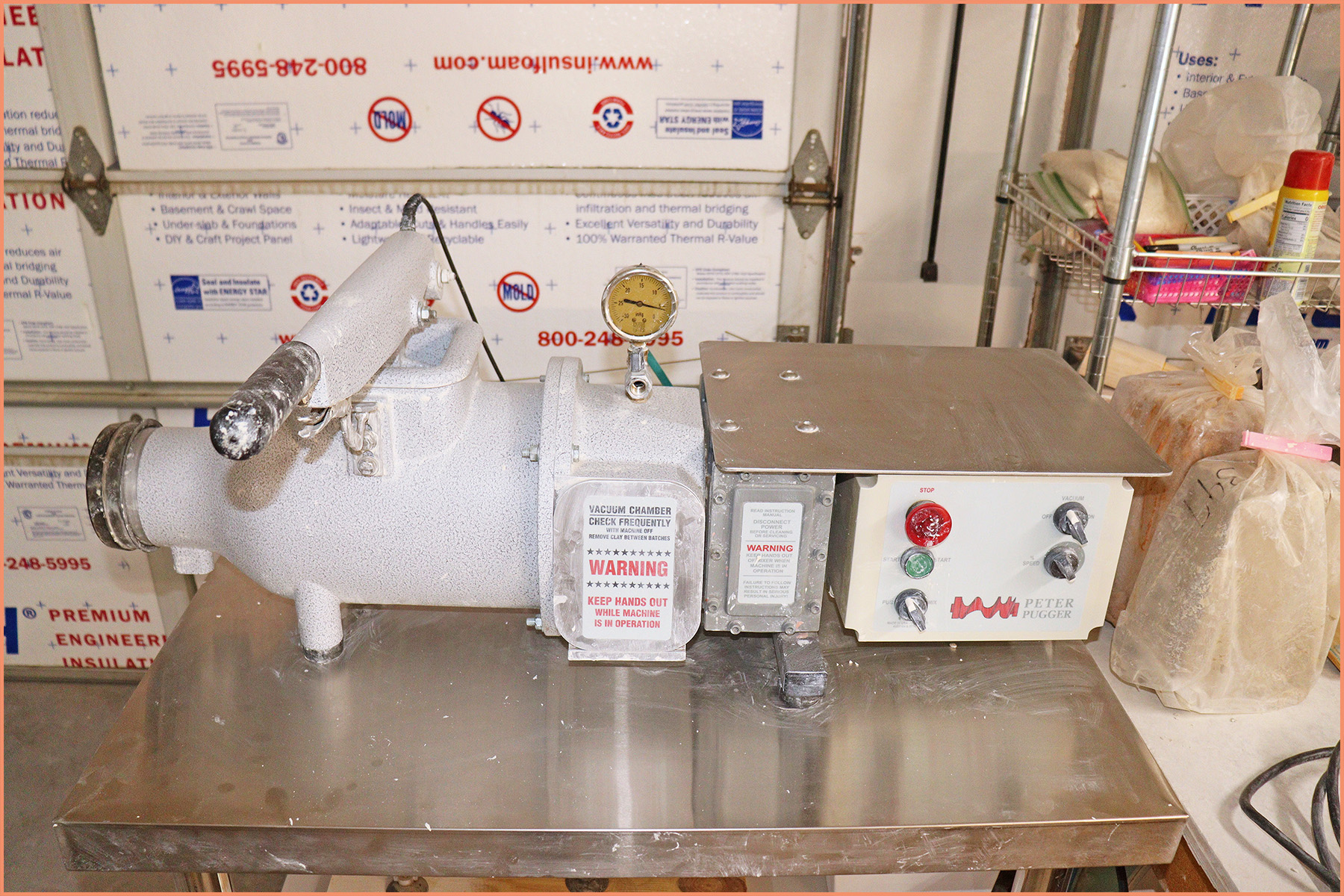Is a Clay Mixer the Same as a Pugmill
Pottery making can be confusing at times, and a Clay Mixer, the same as a Pugmill, is near the top of the list. There are a few similarities but many more differences. So, with some deep-dive investigation, here’s what I have found.
The main difference between a Clay Mixer and a Pugmill is a Mixer works the clay and mixes it thoroughly, distributing water throughout the clay until it’s at a perfectly workable consistency. A Pugmill prepares the clay by wedging it, taking the air out of it, and moving it through the chamber. The clay then moves through the nozzle, all ready to use. The Pugmill does mix the clay, but not as thoroughly as a Clay Mixer can.
Follow along as I go through the differences and similarities between the two. You may want both.
Affiliate Disclaimer: We are ambassadors or affiliates for many of the brands we reference on the website. As an Amazon Associate, I earn from qualifying purchases.
What Is A Clay Mixer
A Clay Mixer blends clay to a perfect consistency for you to get the best use out of your clay. It is by far the best way to mix your clay. From making your own clay body with different clay powder recipes to recycling your scrapes and slurry.

Pottery Clay Mixers come in different sizes. Larger studio sizes that are capable of mixing up to 300 pounds of clay. Smaller personal studio sizes that mix up to 50 pounds of clay. They also come in different types depending on your needs.
What Is A Pugmill
A Pugmill’s main function is to wedge clay. The clay needs to be mixed before going into the chamber. The clay cannot be too dry or too wet. If the clay does not have the right consistency, it will go right through the pugmill without being blended properly.
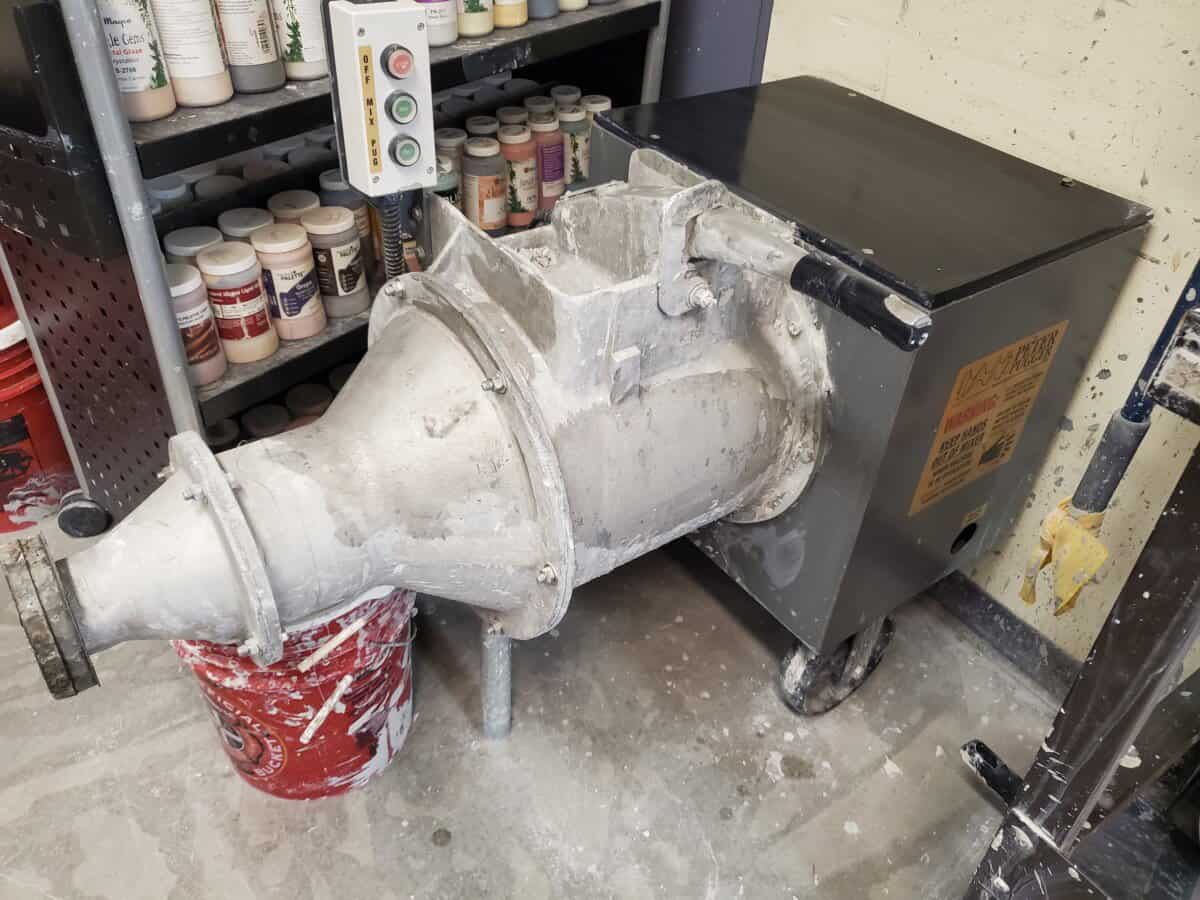
Pugmills also come in different sizes and types depending on how much clay you use and if you want your clay to be de-aired or not.
What Are Clay Mixers Used For
- Recycling Clay
A clay mixer is a perfect solution for reusing perfectly good clay. Especially if you go through a lot of clay. You will most certainly have a lot of scraps and whatnot. Clay Mixers cut recycling time way down. Clay Mixers save a ton of clay and a ton of time.
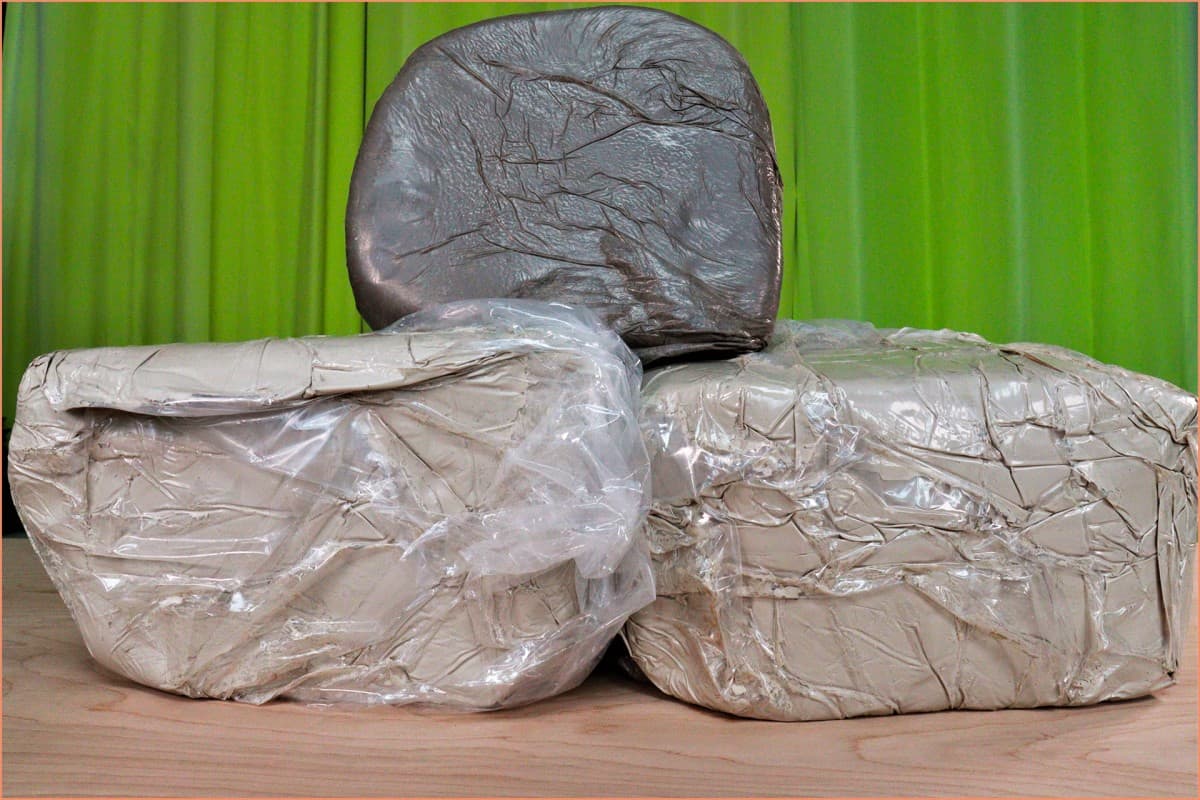
- Mixing Colors
There are many different powdered colors you can add to clay. When adding color to clay, the color must be blended into the clay evenly. A Clay Mixer blends the color into the clay seamlessly. - Additives
When adding things like grog to clay, a Clay mixer makes the process so easy. - Customize Your Clay
Clay Mixers work great if you have different clay mixtures you want to try or if you have a favorite clay recipe.
What Are Pugmills Used For
- Wedging
Many people like things to be easy and automatic with the least amount of effort. Wedging seems to be one of the least favorite things to do when working with clay. For others wedging can be hard on the wrists. For that reason, a Nidec-Shimpo Pugmill is a perfect solution. The Pugmill evens out the moisture in the clay and makes it workable.
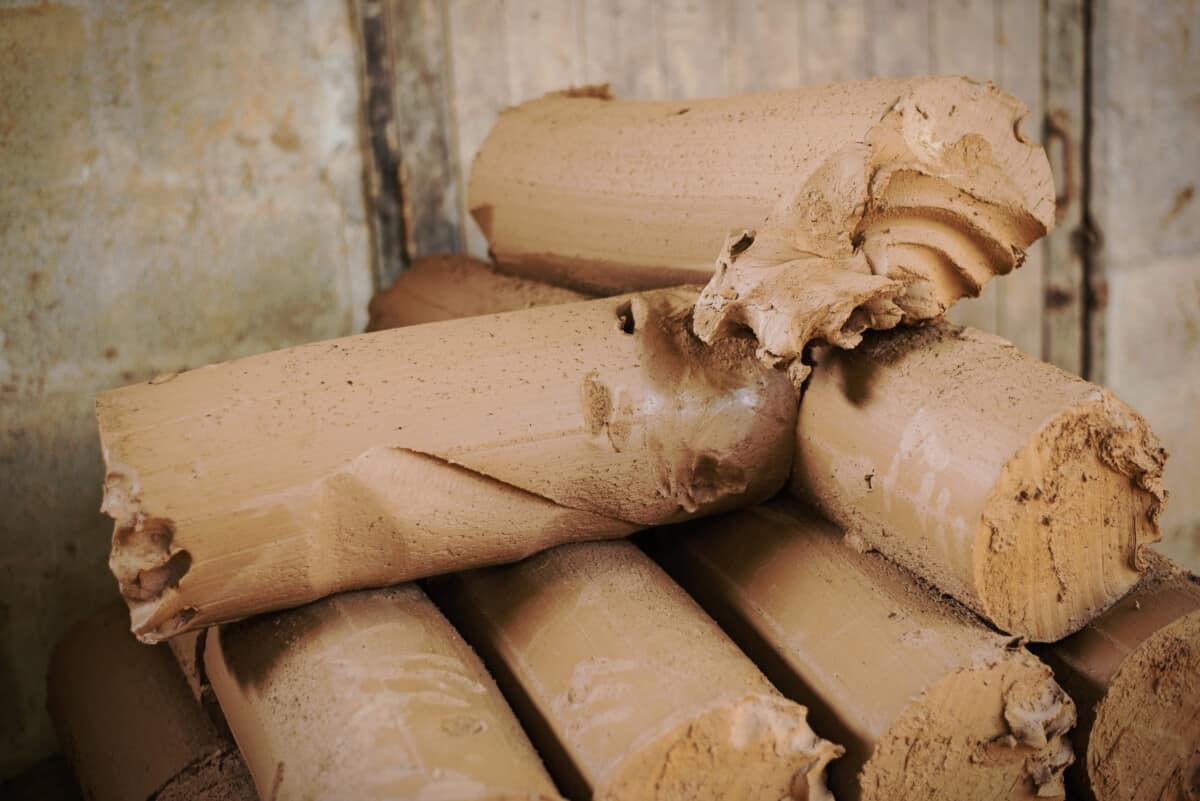
- Removing the air
Air Pockets are a Potter’s worst enemy. You will find out very quickly how important it is to get all of the air out of your clay. Bigger air pockets make it very hard to center your clay. And your pot can explode if moisture gets trapped in the air pocket. - Some Pugmills come with vacuums that suck any air bubbles out of the clay.
- Recycle Clay Scraps
Any time you work with clay, you will always have clay scrapes. All pugmills can recycle scraps but only to a certain degree. The scrapes can’t be too dry or too wet. It’s the same as recycling by hand, but when you’re ready to wedge, you put the clay through the pugmill instead of wedging by hand. At Pottery Crafters, I strive to Recycle, Reclaim, and Repurpose my clay, and hope you join me in doing the same.
How Do Clay Mixers Work
There are Horizontal Clay Mixers and Vertical Clay Mixers. The main factor will be the location and room you have when choosing a vertical or a horizontal Clay Mixer.
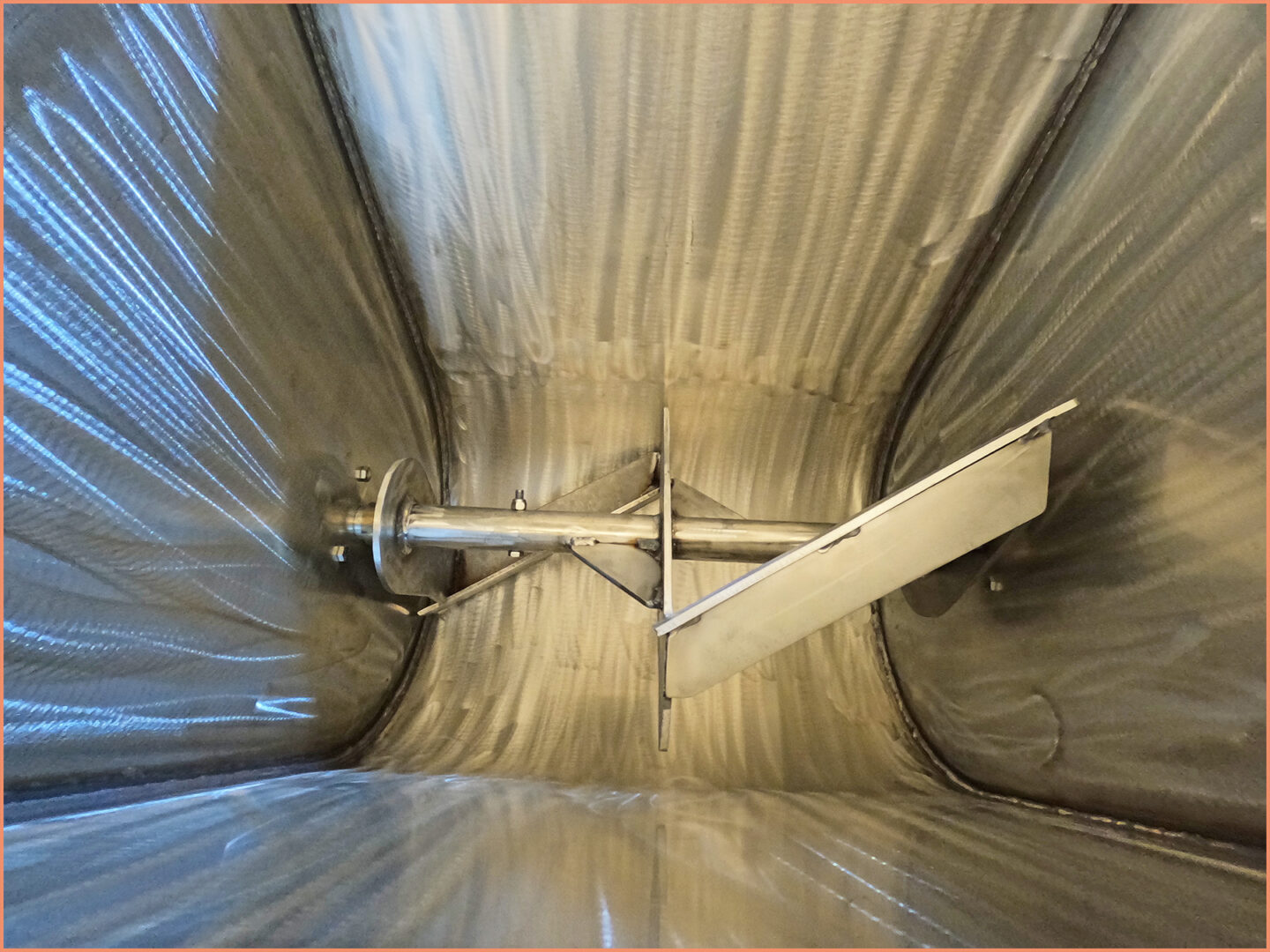
The Horizontal Mixer works like a traditional dough mixer. The lid opens on the top like a hopper and has a horizontal mixing shaft. With this type of mixer, you want to start by adding the dry clay first and then the water.
Some horizontal Clay Mixers have models that can mix the clay in both directions, allowing the clay to be mixed more completely.
The Vertical Mixer works with a chain-driven drum that rotates with stationary interior bars. The Vertical Mixer works best when the water is added before the clay.
Too Dry – If your clay is too dry, it could spell trouble for your clay mixer. Your clay will become too stiff, making it hard on the motor, and the mixer will struggle to move.
Too Wet – If your clay is too wet with a Clay Mixer, it’s no big deal. Just add more dry clay or powder clay, and you are good to go.
How Do Pugmills Work
A Pugmill is a machine with a horizontal chamber that loads on the top. The chamber is a metal cylinder with an auger inside. An auger looks like a large screw. It turns and wedges the clay, discharging the wedged clay at the other end.
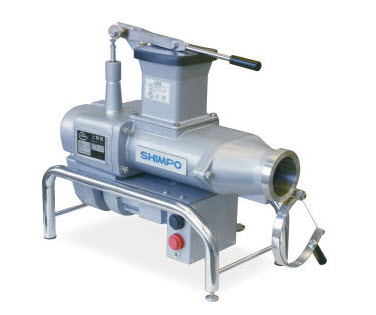
Add enough clay so you can see the top of the auger screw. If you don’t add enough clay, the pugmill will not be able to wedge the clay properly.
Too Dry – If your clay is too dry, you will put undue stress on the shaft and motor. The clay will not mix properly.
Too Wet – If your clay is too wet, it will not mix properly and will not move through the pugmill properly.
How To Clean A Pugmill and Clay Mixer
Cleaning a Pugmill and Clay mixer is necessary when using different types of clay and different colors. You don’t want to compromise your white clay after you just finished mixing up a batch of terracotta.

Cleaning a Pugmill
Your Pugmill should be cleaned regularly. If your clay comes out with clumps and lumps in them, cleaning time is way overdue.
This should go without saying, but the Pugmill needs to be unplugged before any cleaning takes place.
- Remove the Nozzle first and clean it thoroughly inside and out.
- Remove the Auger Screw by loosening the bolt and pulling it out.
- Clean the Auger Screw with a wet cloth or sponge. Also, clean the motor shaft mounting holes in the Auger Screw. Make sure to remove all clay from the motor shaft.
- Clean the inside of the Pugmill case with a wet sponge or cloth. Do not flush water inside. Electric devices may get water in them.
Cleaning a Clay Mixer
Cleaning a Clay Mixer is easier than cleaning a Pugmill. Clean out the Clay Mixer if you switch clay bodies or use different colored clays.
- Wet down the inside of the Clay Mixer
- Wash the Mixer bars and container with a sponge or brush.
- Remove the extra water with a wet vac or sponge it out.
Every manufacturer will tell you how to clean and maintain their pottery equipment differently, so always check the manual for your specific model.
Pugmill and Clay Mixer Safety
Make sure you have nothing dangling around the hopper when operating. Keep hair tied back and any loose fixing clothes and jewelry out of the way while the Pugmill and Clay Mixer is on and in use. Make sure nothing can get caught in any moving parts during operation.
Do not stick your hand or fingers in any part of the Pugmill or Clay Mixer while running. For safety purposes, do not open the Clay Mixer or Pugmill when it’s running. Always turn it off before adding more water or clay.
Suppose you like mixing up different clay bodies or Recycle a lot of clay. A Clay Mixer would be a good choice.
If you don’t like wedging your clay and you don’t mix your own clay bodies, a Nidec-Shimpo Pugmill would be a good choice.
Hope this information helps you in making the right choice. Thank you for visiting. Make sure to check back for more pottery inspiration.
POTTERY CRAFTERS THOUGHTS… There are so many wonderful helpers to make reusing clay much easier. A Clay Mixer or Pugmill will be a great addition to any studio.

